Beginners gyrocopter training. As I embarked on my journey into the world of aviation, I found myself captivated by the unique allure of gyrocopters. These remarkable flying machines, often referred to as autogyros, combine the simplicity of a helicopter with the efficiency of an airplane.
Contents
Unlike traditional helicopters, gyrocopters utilize a freely rotating rotor for lift, while a separate engine propels them forward. This fascinating design not only offers a thrilling flying experience but also provides a sense of safety and stability that is hard to match.
For anyone considering a foray into aviation, gyrocopters present an exciting and accessible option. The appeal of gyrocopters extends beyond their mechanics; they embody a spirit of adventure and exploration. As I delved deeper into the subject, I discovered that these aircraft are not just for seasoned pilots but are also an excellent choice for beginners.
With their relatively low operating costs and ease of handling, gyrocopters have become increasingly popular among aviation enthusiasts. The prospect of soaring through the skies in one of these machines ignited a passion within me, prompting me to seek out training opportunities and learn more about what it takes to become a proficient gyrocopter pilot.
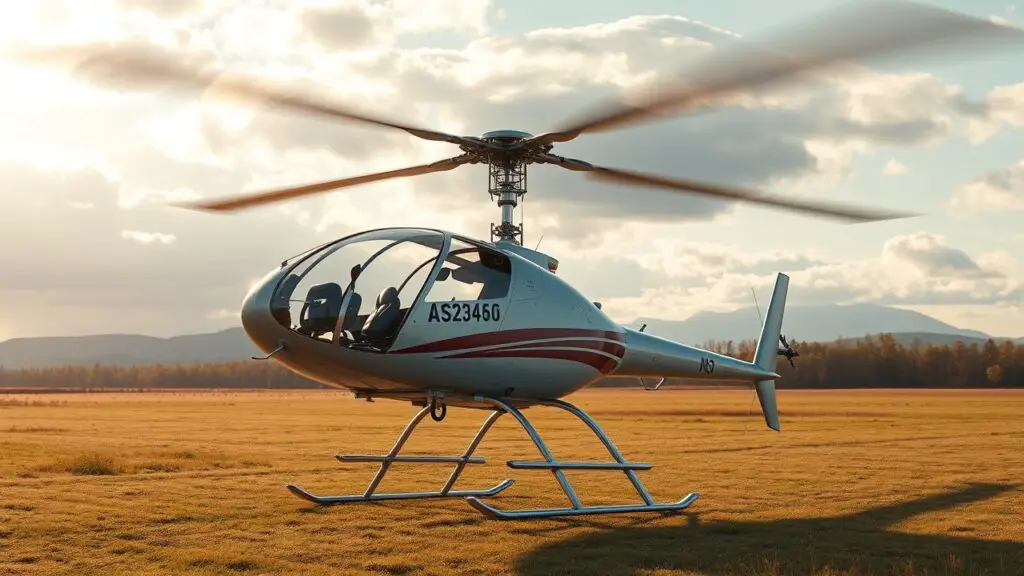
Understanding Gyrocopter Basics
Before diving into training, it’s essential to grasp the fundamental principles that govern gyrocopters. At their core, these aircraft operate on the principles of autorotation, which allows the rotor blades to generate lift without the need for engine power during flight.
This unique feature not only enhances safety but also contributes to the gyrocopter’s ability to glide smoothly in various conditions. As I learned more about the mechanics, I began to appreciate how this design allows for shorter takeoff and landing distances compared to traditional fixed-wing aircraft.
Another critical aspect of gyrocopter operation is understanding the control systems. Pilots must familiarize themselves with the cyclic and collective controls, which govern the pitch and roll of the aircraft. The learning curve can be steep, but with dedication and practice, I found that mastering these controls became second nature.
Additionally, understanding weight distribution and balance is crucial for safe flight operations. As I absorbed this knowledge, I felt increasingly confident in my ability to handle a gyrocopter and navigate the skies with skill.
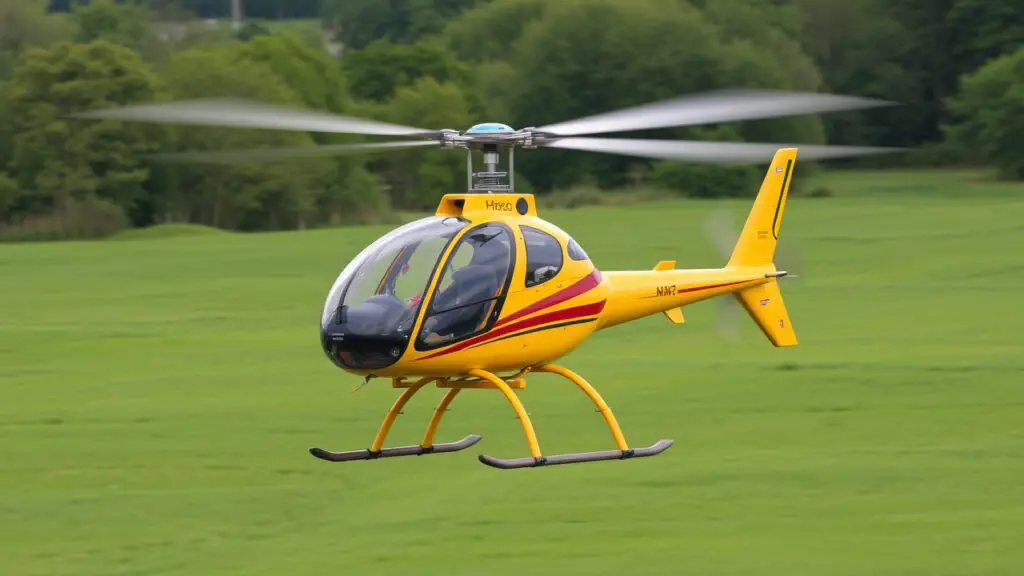
Essential Training for Gyrocopter Beginners
Embarking on gyrocopter training is an exhilarating experience that requires commitment and focus. The first step in this journey is finding a reputable flight school that specializes in gyrocopter instruction. During my search, I discovered that many schools offer tailored programs designed specifically for beginners.
These programs typically include both ground school and flight training, ensuring that students receive a well-rounded education in aviation principles and practical flying skills.
Ground school is where aspiring pilots like myself learn about aerodynamics, navigation, meteorology, and regulations governing flight operations. This theoretical knowledge is crucial for understanding how to operate a gyrocopter safely and effectively. Following ground school, students transition to hands-on flight training with experienced instructors.
This phase is where the excitement truly begins, as I took to the skies under the watchful eye of my instructor, gradually building my confidence and skills with each flight. For more information, visit Silverlight Aviation.
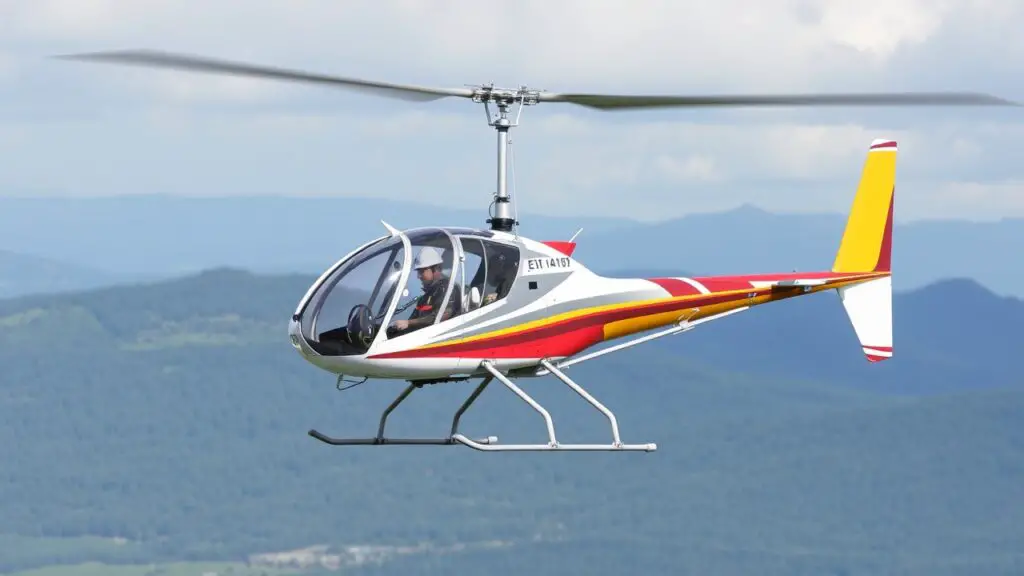
Safety Precautions for Gyrocopter Training
| Safety Precautions | Description |
|---|---|
| Proper Training | Ensure that all gyrocopter pilots receive proper training from certified instructors. |
| Pre-flight Inspections | Perform thorough pre-flight inspections to check for any mechanical issues or malfunctions. |
| Weather Conditions | Always check and consider the weather conditions before flying to avoid potential hazards. |
| Use of Safety Equipment | Wear appropriate safety equipment such as helmets, harnesses, and other protective gear. |
| Emergency Procedures | Be familiar with and prepared to execute emergency procedures in case of unexpected situations. |
Safety is paramount in aviation, and gyrocopter training is no exception. As I progressed through my training, I quickly learned that adhering to safety protocols is essential for both novice and experienced pilots alike. One of the first lessons I absorbed was the importance of conducting thorough pre-flight checks.
These checks involve inspecting the aircraft for any mechanical issues, ensuring that all systems are functioning correctly before taking off. This diligence not only enhances safety but also fosters a sense of responsibility as a pilot. Moreover, understanding weather conditions is vital for safe flying.
As I gained experience, I learned to interpret weather reports and recognize how different conditions could impact my flight. This knowledge empowered me to make informed decisions about when to fly and when to postpone a flight due to adverse weather.
Additionally, maintaining open communication with instructors and fellow pilots proved invaluable in fostering a culture of safety within the training environment.
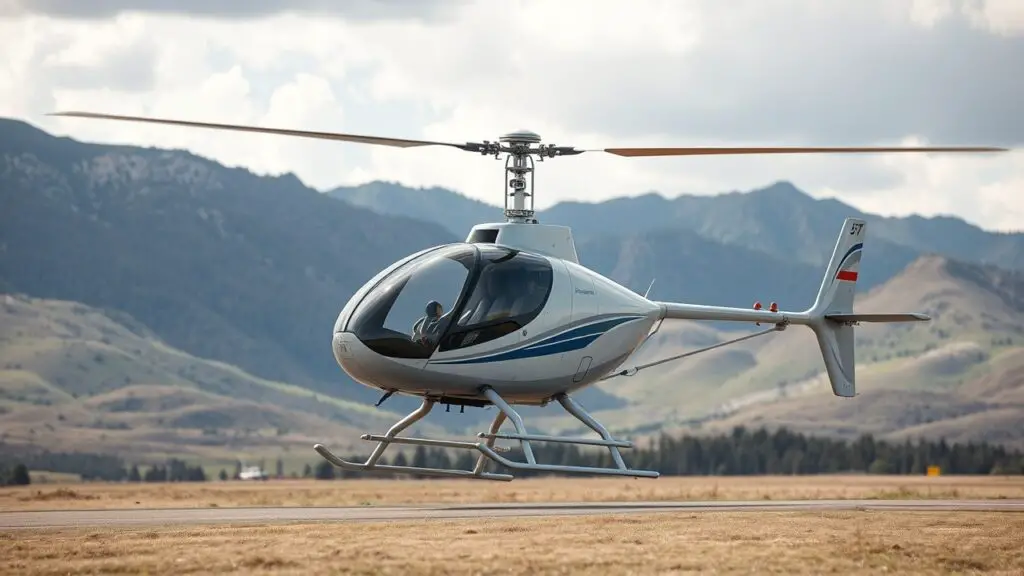
Choosing the Right Gyrocopter Training Program
Selecting the right training program can significantly influence one’s success as a gyrocopter pilot. During my search for a suitable program, I discovered that various factors should be considered, including the school’s reputation, instructor qualifications, and available aircraft for training.
It was essential for me to find a program that not only offered comprehensive instruction but also aligned with my personal learning style and goals. I also learned about the importance of hands-on experience during training.
Some programs provide opportunities for students to fly different models of gyrocopters, which can enhance adaptability and skill development. As I weighed my options, I sought feedback from current students and alumni to gauge their experiences with different schools. Ultimately, choosing a program that felt right for me made all the difference in my training journey.
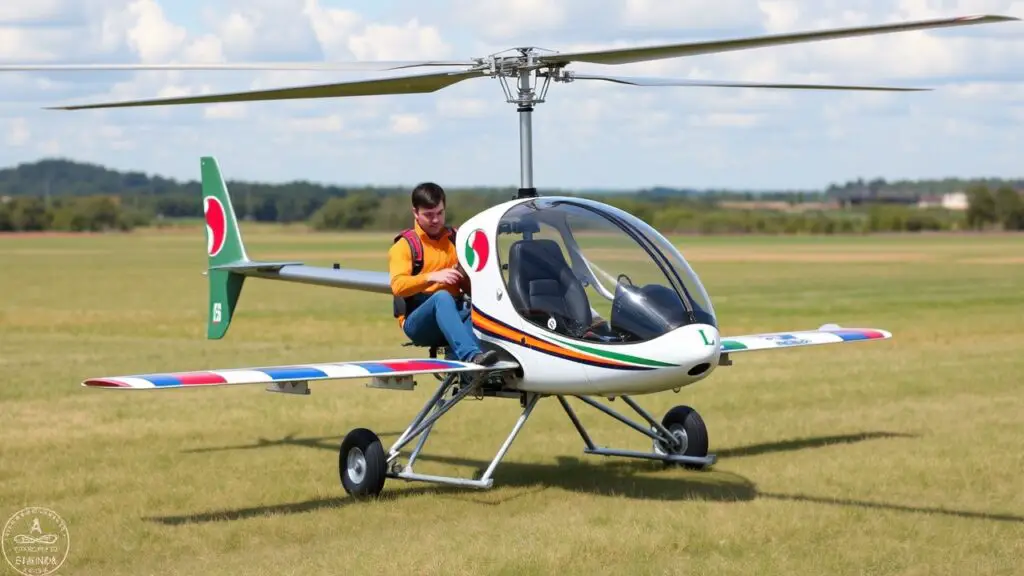
Practical Skills for Gyrocopter Pilots in Training
As I progressed through my gyrocopter training, I quickly realized that practical skills are just as important as theoretical knowledge. One of the most critical skills I developed was mastering takeoff and landing techniques.
These maneuvers require precision and timing, as well as an understanding of how weight distribution affects performance. With each practice session, I honed my ability to execute smooth takeoffs and landings, which are essential for safe operations.
In addition to takeoff and landing skills, I learned how to navigate various flight patterns and maneuvers essential for piloting a gyrocopter effectively. This included practicing turns, climbs, descents, and emergency procedures.
Each flight presented new challenges that tested my abilities and pushed me to improve continuously. The hands-on experience gained during these sessions was invaluable in building my confidence as a pilot and preparing me for real-world flying scenarios.
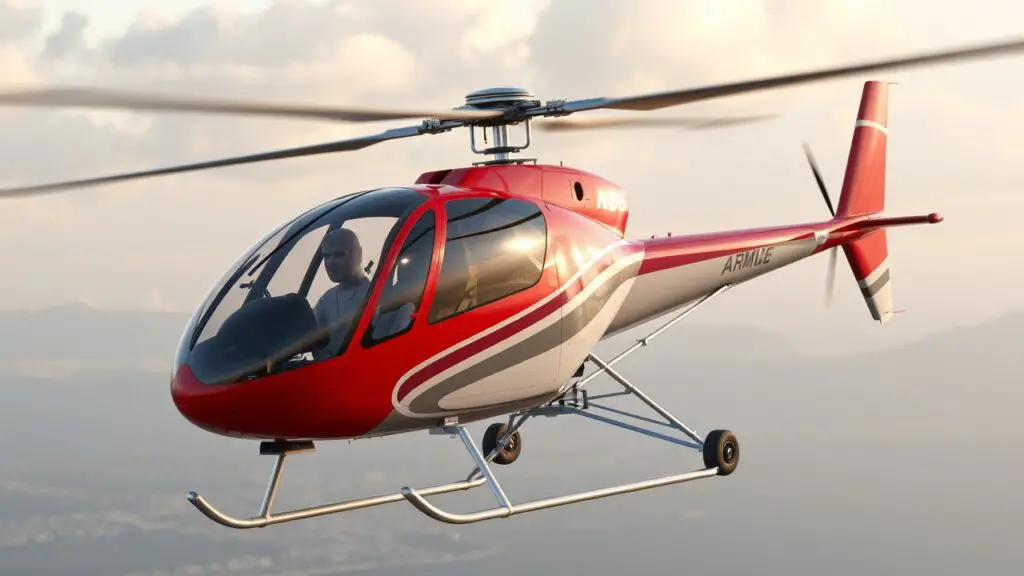
Conclusion
Completing beginner gyrocopter training is just the beginning of an exciting journey in aviation. As I reflected on my progress, I realized that advancing beyond this initial stage requires ongoing education and practice.
Many pilots choose to pursue additional certifications or ratings that allow them to operate more complex aircraft or engage in specialized flying activities such as cross-country flights or aerial photography.
Continuing education is vital in staying current with industry standards and regulations. I found that attending workshops, seminars, or joining local aviation clubs can provide valuable networking opportunities and resources for further development.
The aviation community is rich with experienced pilots who are often willing to share their knowledge and insights with newcomers like myself.
Embracing this spirit of lifelong learning has not only enhanced my skills but has also deepened my passion for flying gyrocopters as I look forward to new adventures in the skies ahead.

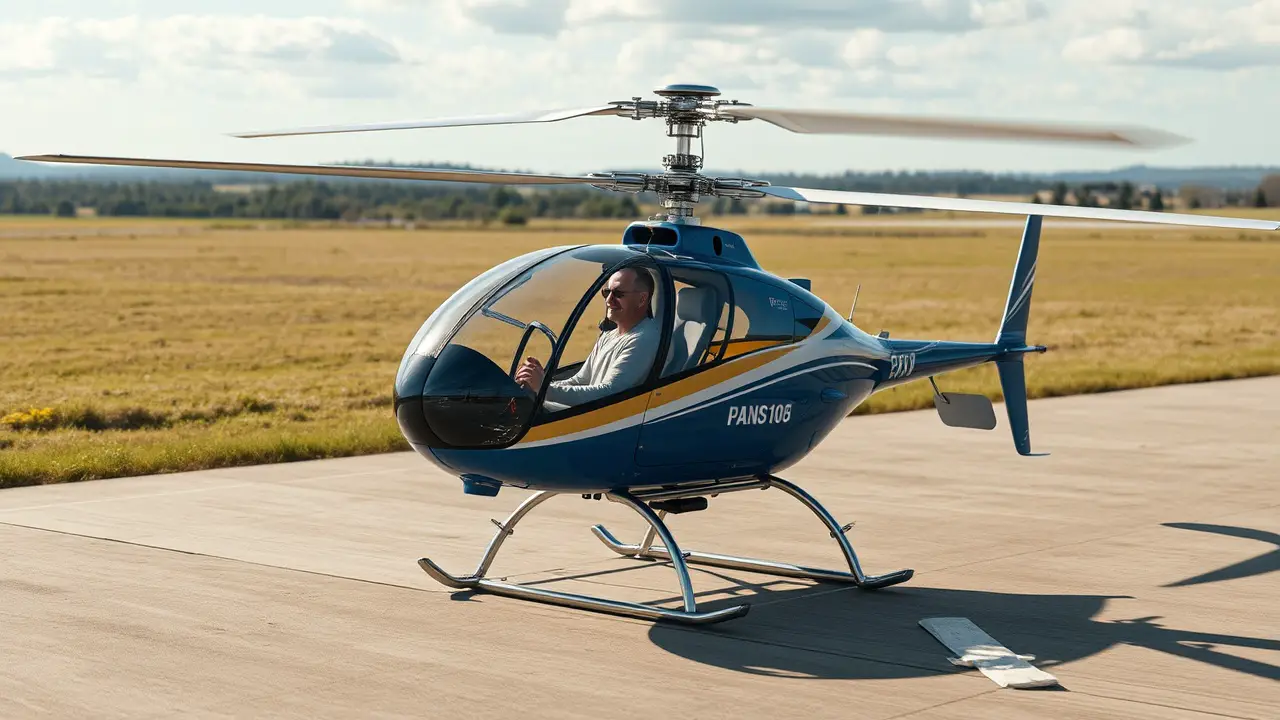
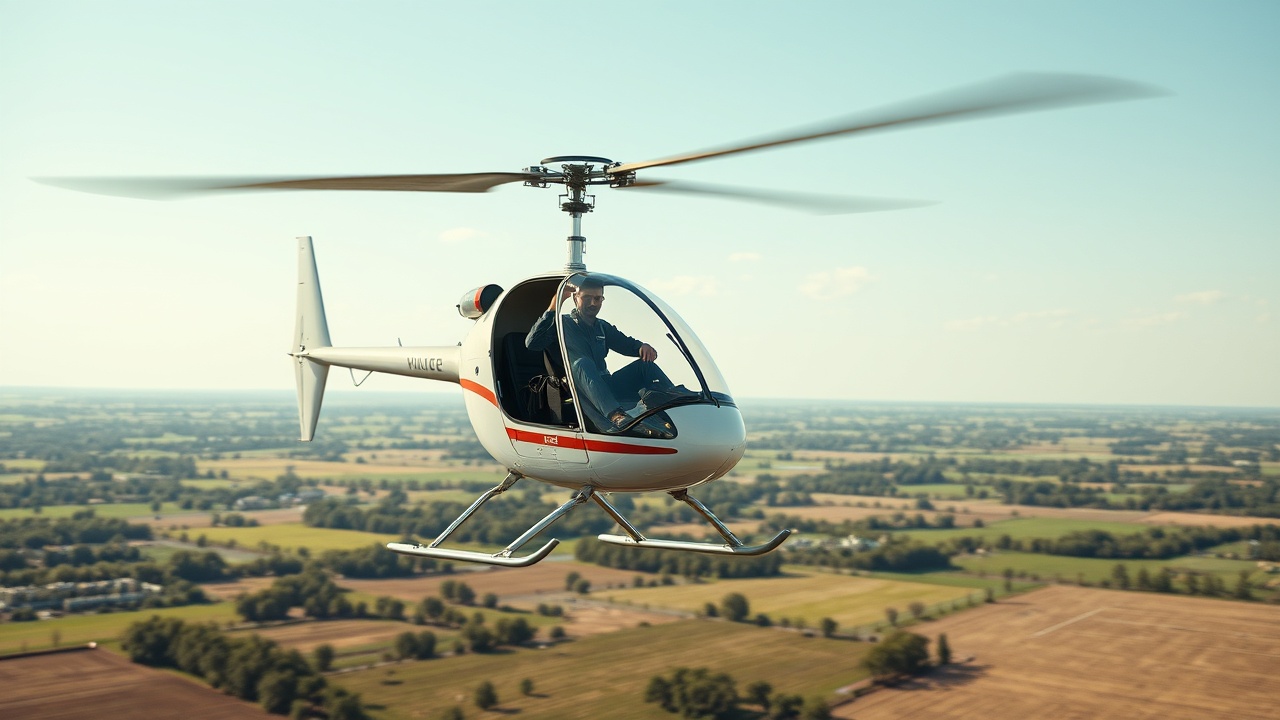
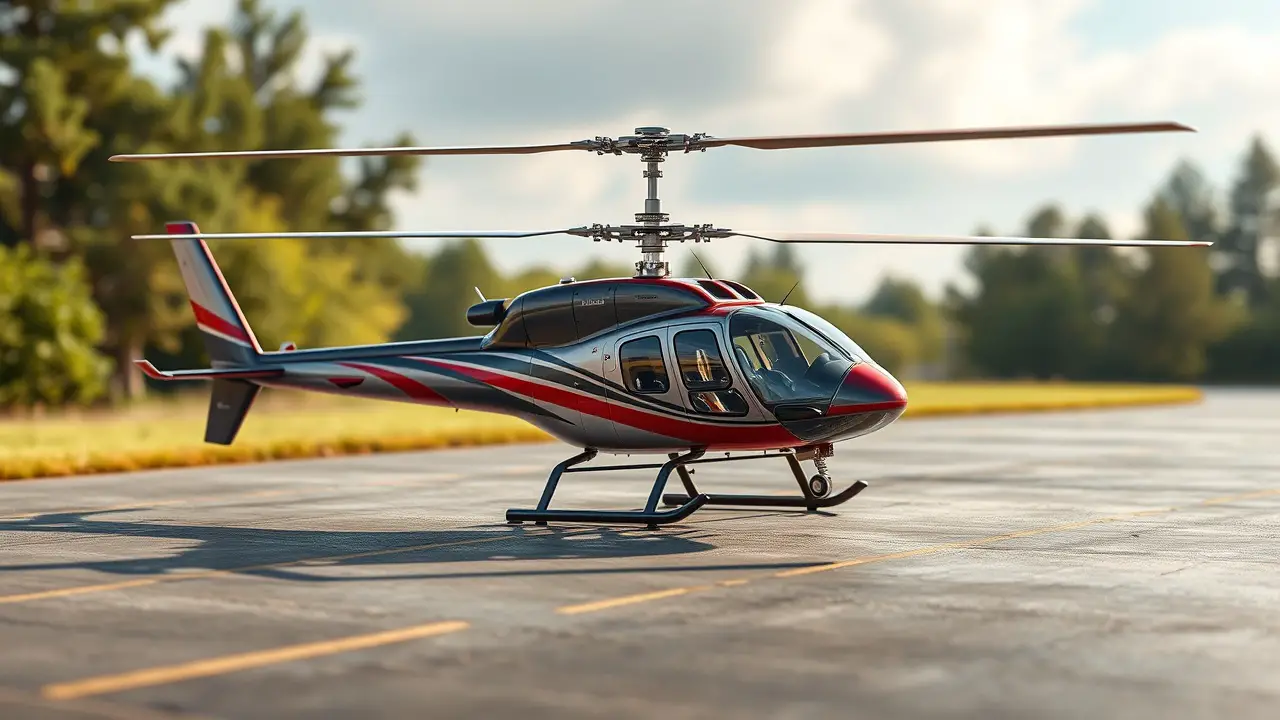

Leave a Reply